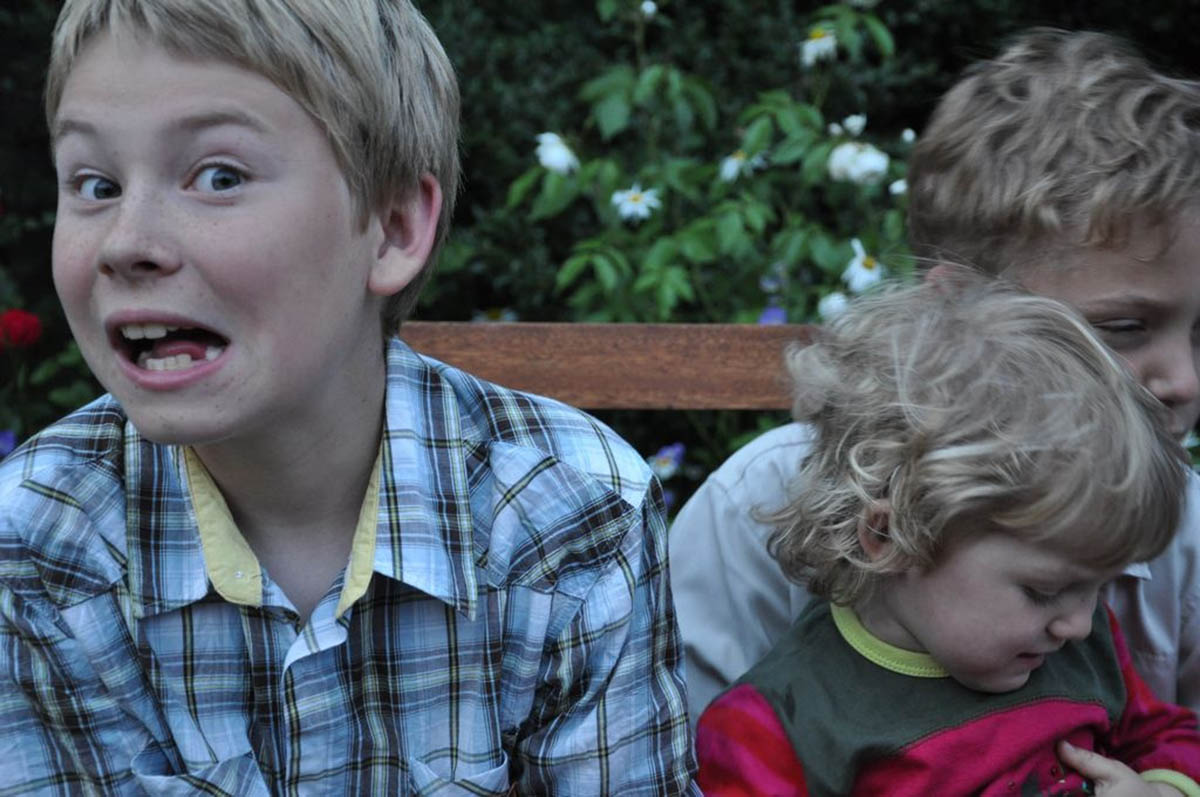Table of Contents
The teeth immediately next to the tooth also start to move and cause problems of their own. The tooth behind the empty space will start to tilt forward while the tooth in front will start to tilt back. This tilting takes place quite quickly actually and can wreak havoc in the entire mouth.
Once this tilting has started to take place, the remaining teeth of the arch also start to drift apart. Tight contact with the surrounding teeth is one of the factors that keeps all the teeth in their natural position. Spacing in the front of the jaw is a common thing that happens as a result of losing a tooth in the back.

For people that have got orthodontic treatment done in the past, an unreplaced tooth can render their entire treatment useless.
All of these changes combined lead to what is referred to as a "collapse of the bite". The facial appearance of the affected person can also change quite significantly due to a collapsed bite. The bone that surrounds a tooth only exists up until the tooth itself is present in the jaw. This means that after extraction, this bone will start to be destroyed.
Only the replacement of the tooth with an implant can prevent this from happening. Since the implant is embedded in the bone, it is able to provide sufficient stimulus for the bone to continue to exist. Only wisdom teeth when extracted from the oral cavity do not have to be replaced since they are considered as vestigial organs.
How Soon Do These Changes Start To Occur?
Since teeth have to move within the bone, the pace of change is quite slow and often does not become apparent to the patient until much later. The changes though begin almost immediately after extraction has taken place.
The safe thing to do is to schedule a treatment for the replacement of the tooth within a few months at the most.
Can These Changes Be Reversed?
Like with most things, the treatment that will be required depends on the stage at which the condition is diagnosed. A fully collapsed bite is quite difficult to treat and requires a combination of braces, appliances, prosthesis, intentional root canals and or extractions.
READ Missing Permanent Teeth? Why It Happens and What To Do about It
The amount of havoc unreplaced permanent teeth can cause is much more in younger adults than in older individuals for the simple fact that younger adults have a lot longer for all these tooth movements to take place.
Conclusion
The most common reason why a person would not get a missing tooth replaced is that it costs too much. This cost of replacement should be viewed in the context of the problems that occur afterwards as well as the time and expense needed to correct those complications.
The reality is that by leaving a missing tooth in the mouth, patients are only delaying the time when treatment will become necessary. As time passes, the amount of treatment required and cost involved will increase exponentially.
- Essentials of Clinical Periodontology and Periodontics textbook by Carranza
- www.robinatowndental.com/blog/article/what-can-happen-if-missing-teeth-are-not-replaced-.html
- www.perio.org/node/222
- Photo courtesy of ctmorgan: www.flickr.com/photos/ctmorgan/6146464158/
- Photo courtesy of wastes: www.flickr.com/photos/wastes/4777051309/
- Photo courtesy of ctmorgan: www.flickr.com/photos/ctmorgan/6146464158/


Your thoughts on this